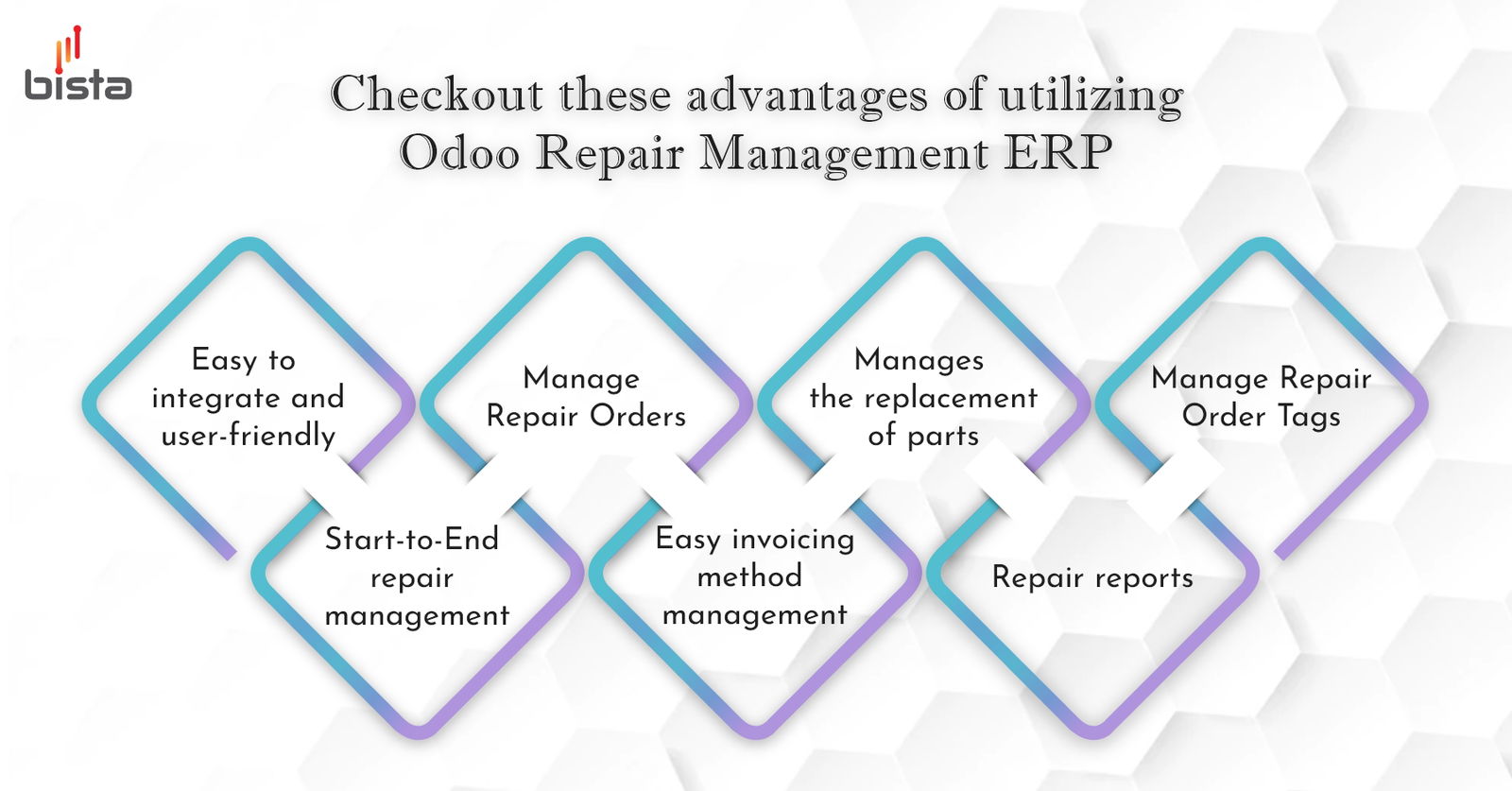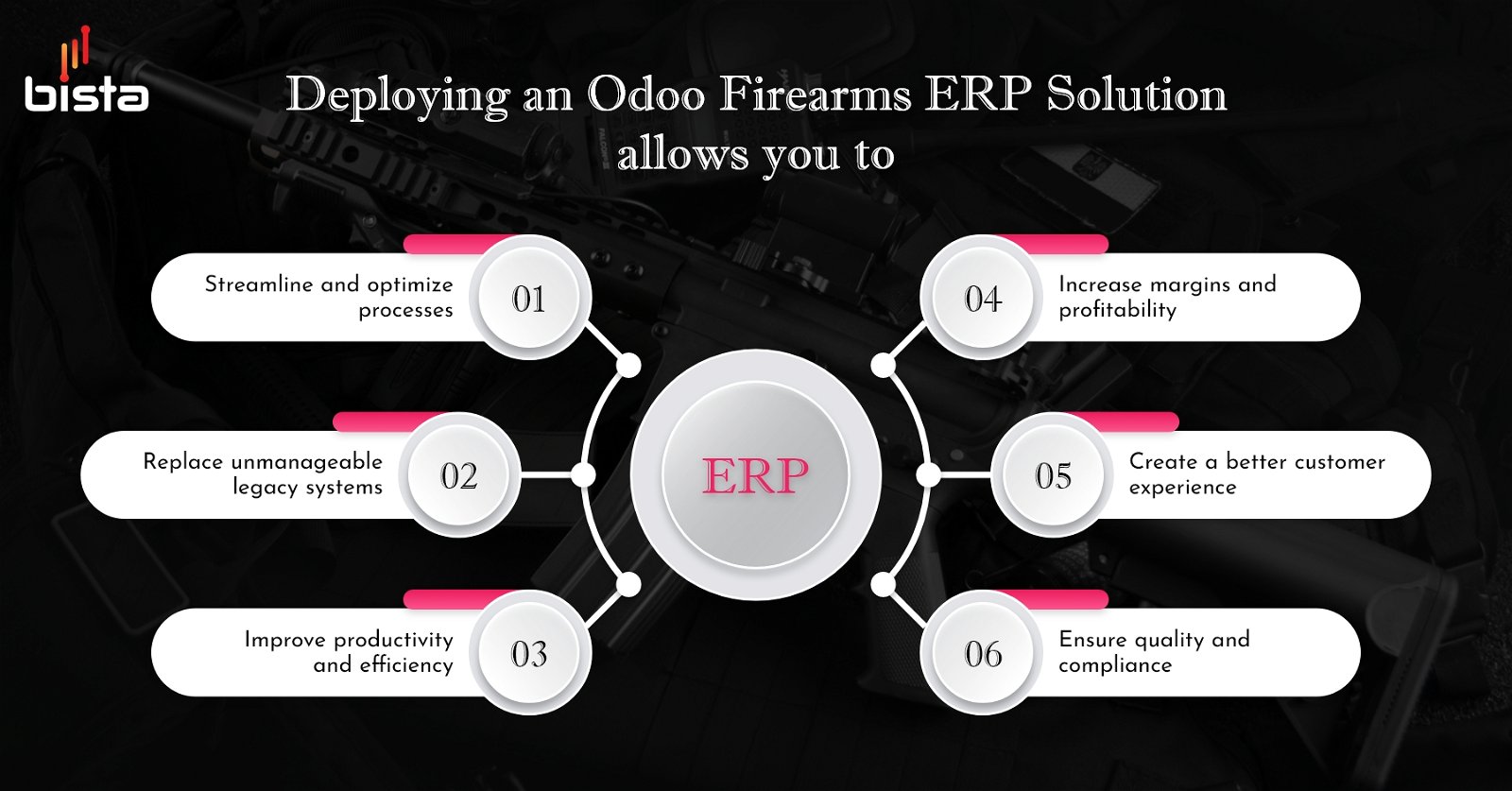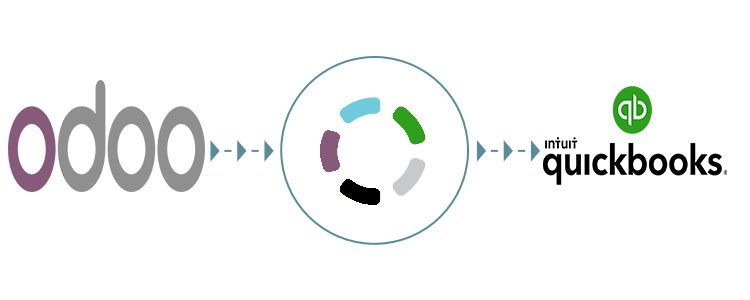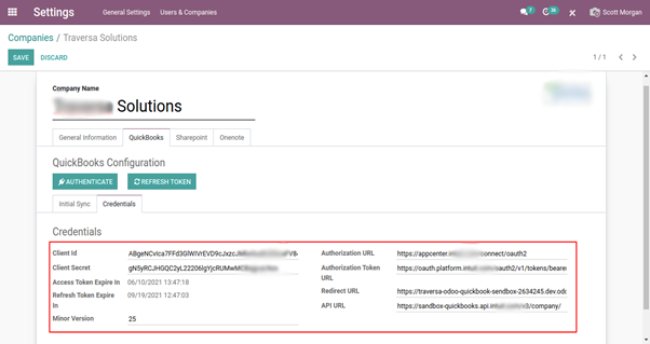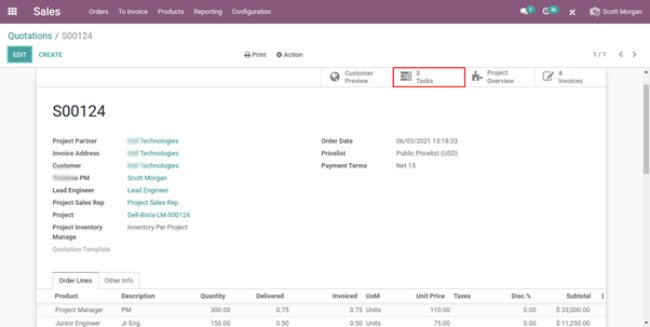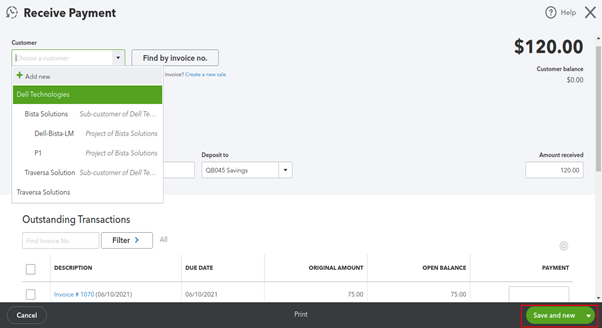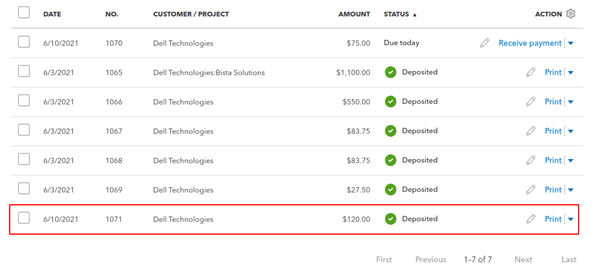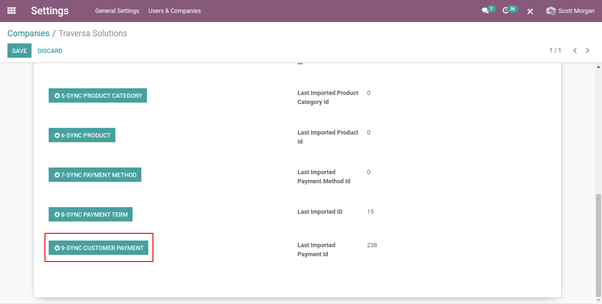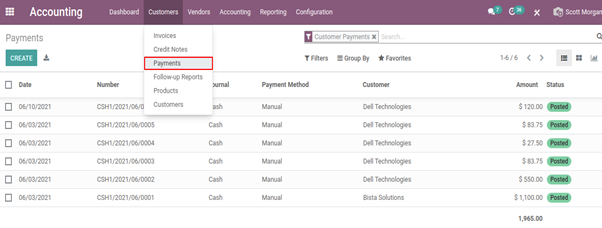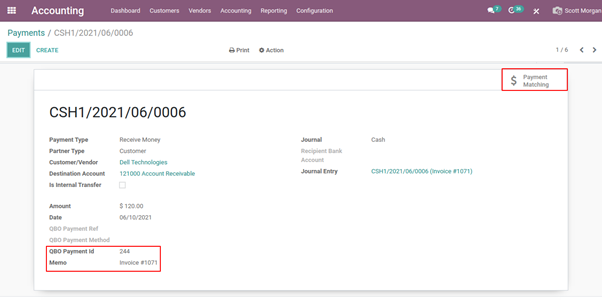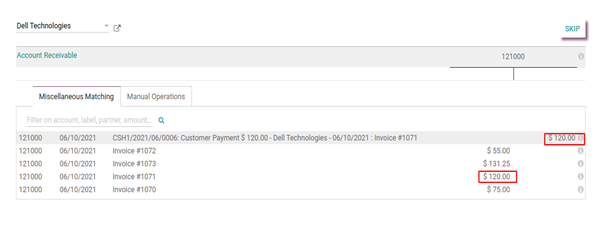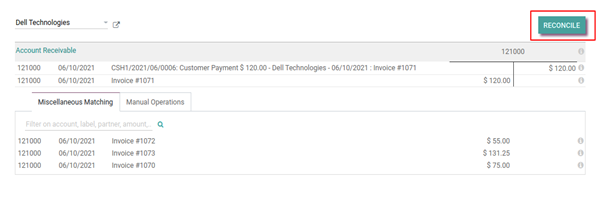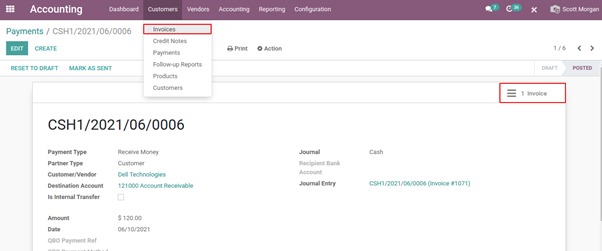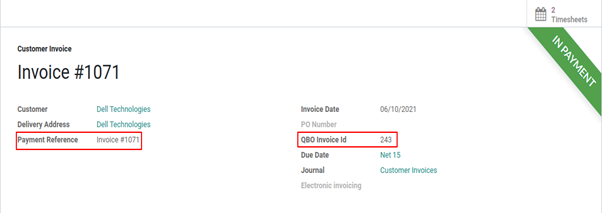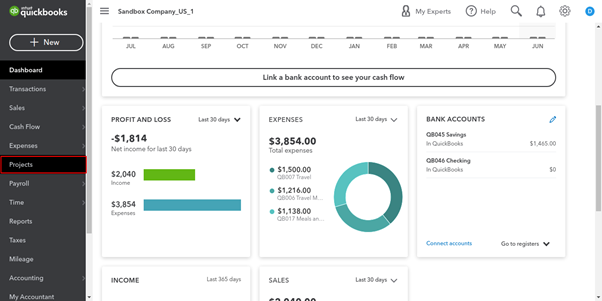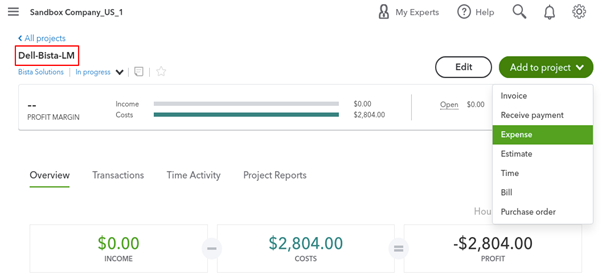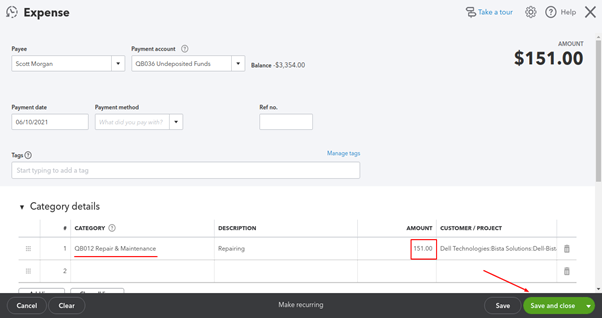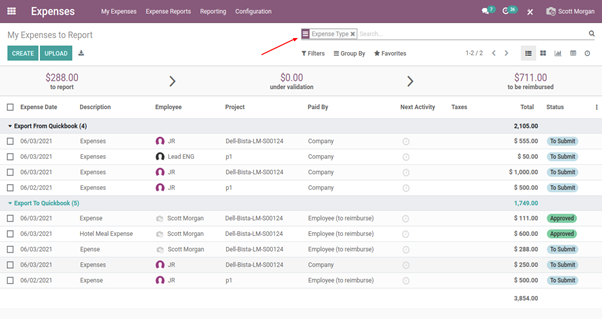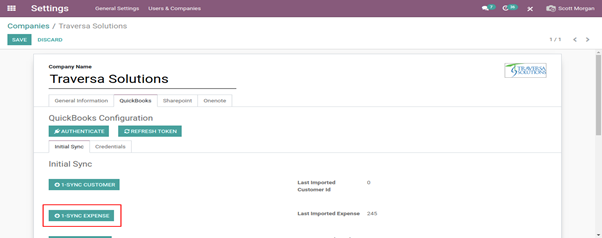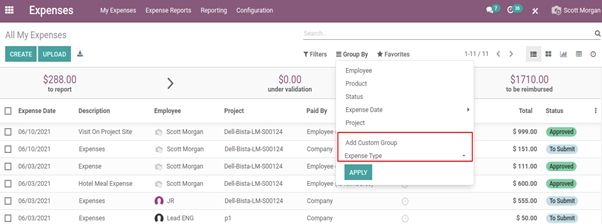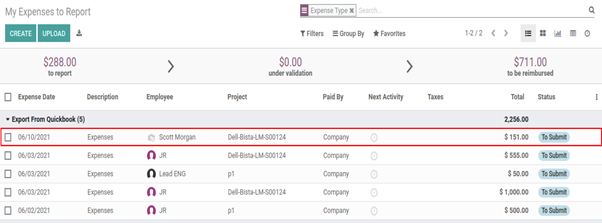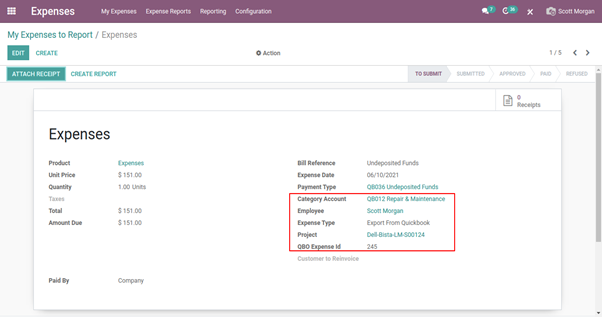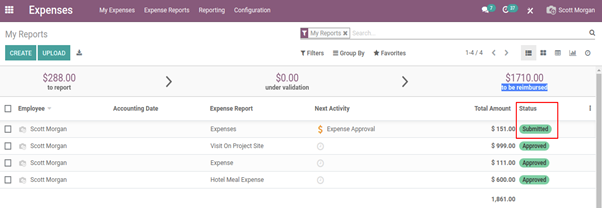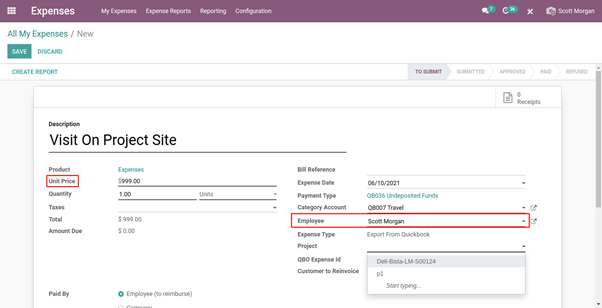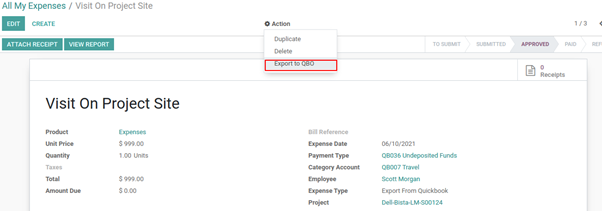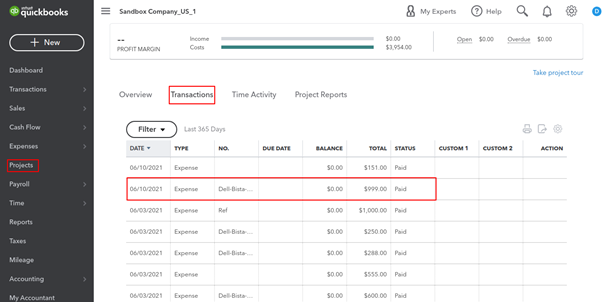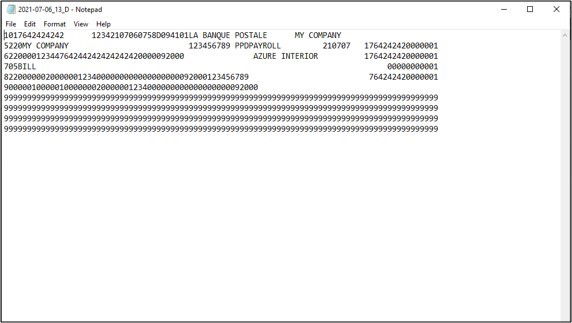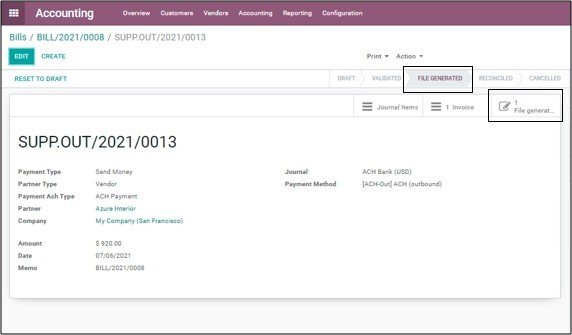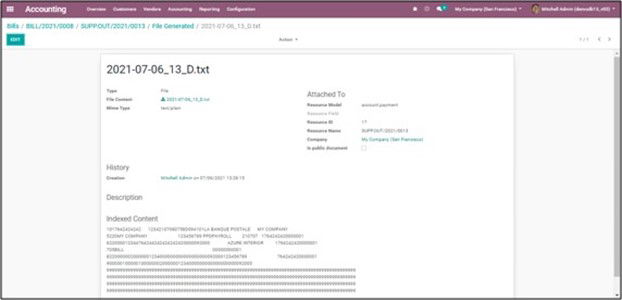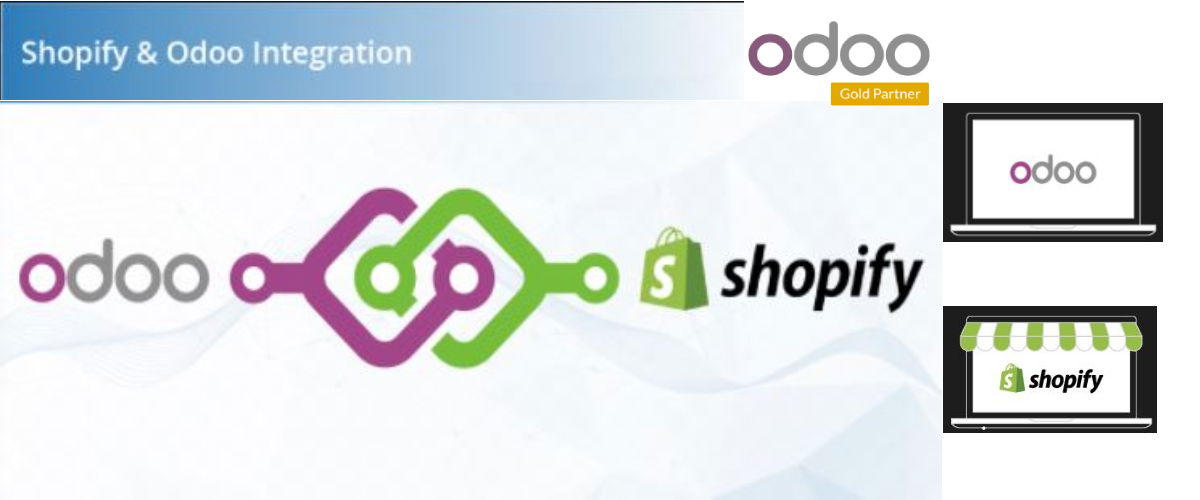Odoo SOX Compliance
What is SOX Compliance?
The Sarbanes-Oxley Act of 2002 was passed by U.S. lawmakers to reinforce honesty and transparency within corporate practices – designed to protect investors, essentially. This was done in the midst of various public accounting scandals and corporate failures of the past. While this act affects companies within the USA, specifically companies that operate in the capital public market. Non-public entities, however, are also finding bankers, investors and the lot expecting increased transparency and real-time disclosures. Even though non-public entities are not legally bound by this law.
SOX Compliance, since its birth, has mandated a number of reforms to enhance corporate responsibility, combat corporate and accounting fraud as well as enhance financial disclosures. And while there is no software application certification provided under the Act, there are
Controls & Processes under SOX Compliance
There are a number of obligations a public company (and even private ones) should adhere to. Although, as mentioned above, only the public companies are held accountable. Essentially, all public companies are obligated to provide accurate proof of their financial reporting.
- Companies should ensure that they are keeping their data secure and free of any kind of tampering.
- Companies should ensure that they are logging and tracking all their information, any security breaches of their information/system and any processes they have in place to ensure that lessons are learnt from any issues that they have.
- Companies should have logs made of everything. These logs should be secure and protected against anything; such as unauthorized individuals accessing them, accidental removal, deletion, amendment, and whatnot. Additionally, they should be readily available for auditing if and when required.
- Companies need to prove their compliance for the past 3 months (90 days), and as such should have the necessary information to do so.
What does SOX Compliance for a business mean?
SOX compliance for a business means that when a SOX audit comes around, the company will need to prove its compliance where necessary. Usually the IT department in a company handles this by providing the required documentation such as logging, access controls, change controls, and more. This information basically confirms that the company has met financial transparency and data security controls requirements.
As aforementioned, SOX was created to protect investors by decreasing potential fraud. The reason why a public company would want to meet SOX compliance is to avoid government penalties. There are multiple steps that go into this type of compliance, including security, IT responsibility, contractual agreements, signing officers, and much more.
When it comes to SOX and ERP, the important titles would be 302, 401, 404, 409, 802, 902, and 906. Let’s quickly go over what each title does as quoted per the Sarbanes-Oxley 101 website.
SOX 302: Corporate Responsibility for Financial Reports
In this title, the CEO and CFO are directly responsible for the accuracy, documentation and submission of all financial reports as well as the internal control structure to the SEC.
SOX 401: Disclosure for Periodic Reports
This title deals with financial statements and their requirement to be accurate and presented in a manner that does not contain incorrect statements or admit to state material information. These statements would also include all material off-balance sheet liabilities, obligations, and transactions.
SOX 404: Management Assessment of Internal Controls
This title states that all annual financial reports must include an Internal Control Report stating that management is responsible for an “adequate” internal control structure, and an assessment by management of the effectiveness of the control structure. Any shortcomings in these controls must also be reported. In addition, registered external auditors must attest to the accuracy of the company management assertion that internal accounting controls are in place, operational and effective.
SOX 409: Real Time Issuer Disclosures
This title requires companies to disclose on an almost real-time basis information concerning material changes in its financial condition or operations.
SOX 802: Criminal Penalties for Altering Documents
This title imposes penalties of up to 20 years imprisonment for altering, destroying, mutilating, concealing, falsifying records, documents or tangible objects with the intent to obstruct, impede or influence a legal investigation. This section also imposes penalties of up to 10 years on any accountant, auditor or other who knowingly and wilfully violates the requirements of maintenance of all audit or review papers for a period of 5 years.
SOX 902: Attempts & Conspiracies to Commit Fraud Offenses
This title discusses white-collar crime penalty “enhancements”.
SOX 906: Corporate Responsibility for Financial Reports
This title addresses criminal penalties for certifying a misleading or fraudulent financial report. Here, penalties can be upwards of $5 million in fines and 20 years in prison.
Ideally, your business management software (i.e. ERP software) should be able to accommodate all these compliance requirements – because they are particular, and the fines are hefty.
SOX Compliance and Odoo
So let’s talk about the best ERP software that can get this job done. Odoo ERP.
Odoo (On-Demand Open Object) is an enterprise resource planning system that combines a suite of business management software tools. Known for its cost-effective and modular solutions, Odoo has a wide array of applications (apps) that can be implemented to improve business processes across the company.
There are 30 Odoo enterprise apps (licensed) and over 18,000 Odoo Community apps (free and open-source). With the majority of its apps being open-sources, developers can easily tweak them in order to tailor them to a specific company. This means, with Odoo, you don’t have to change your company to fit an ERP – instead, Odoo works around your company’s needs and requirements.
Furthermore, with countless integrations available, no matter what other platform you may be using to meet your business needs, the platform can be seamlessly integrated into Odoo. Additionally, Odoo can be customized to fit your company’s as well as industry’s and government requirements’ needs. This means that if you need compliance (such as SOX compliance), Odoo is the perfect ERP solution for that.
There is very little Odoo cannot achieve, and with the Odoo 15 version recently released, the possibilities of improvement upon the implementation of Odoo are endless.
SOX Compliance and Bista Solutions
If you want more information on Odoo ERP, or want to see a demo on how Odoo can help your company achieve SOX compliance – look no further than Bista Solutions.
We have nearly two decades of experience implementing ERP solutions across various industries. Additionally, the Bista team has implemented 250+ successful Odoo projects and has been awarded Odoo Best Partner across North America for its fourth time this year. So you can rest assured, our team has the knowledge, experience and expertise to help you reach your goals.
Reach us at +1 (858) 401 2332 or via our contact form today.




